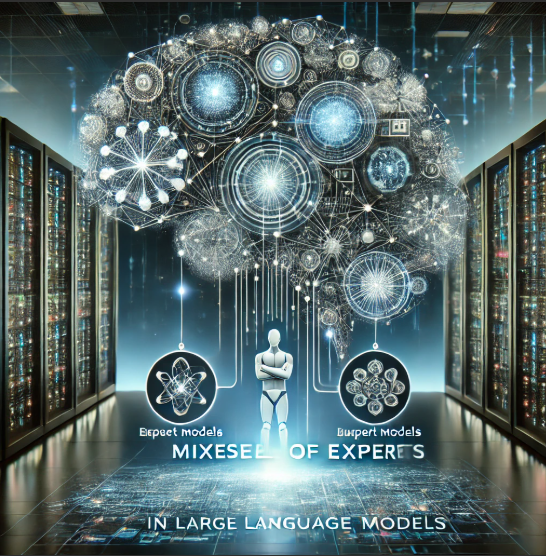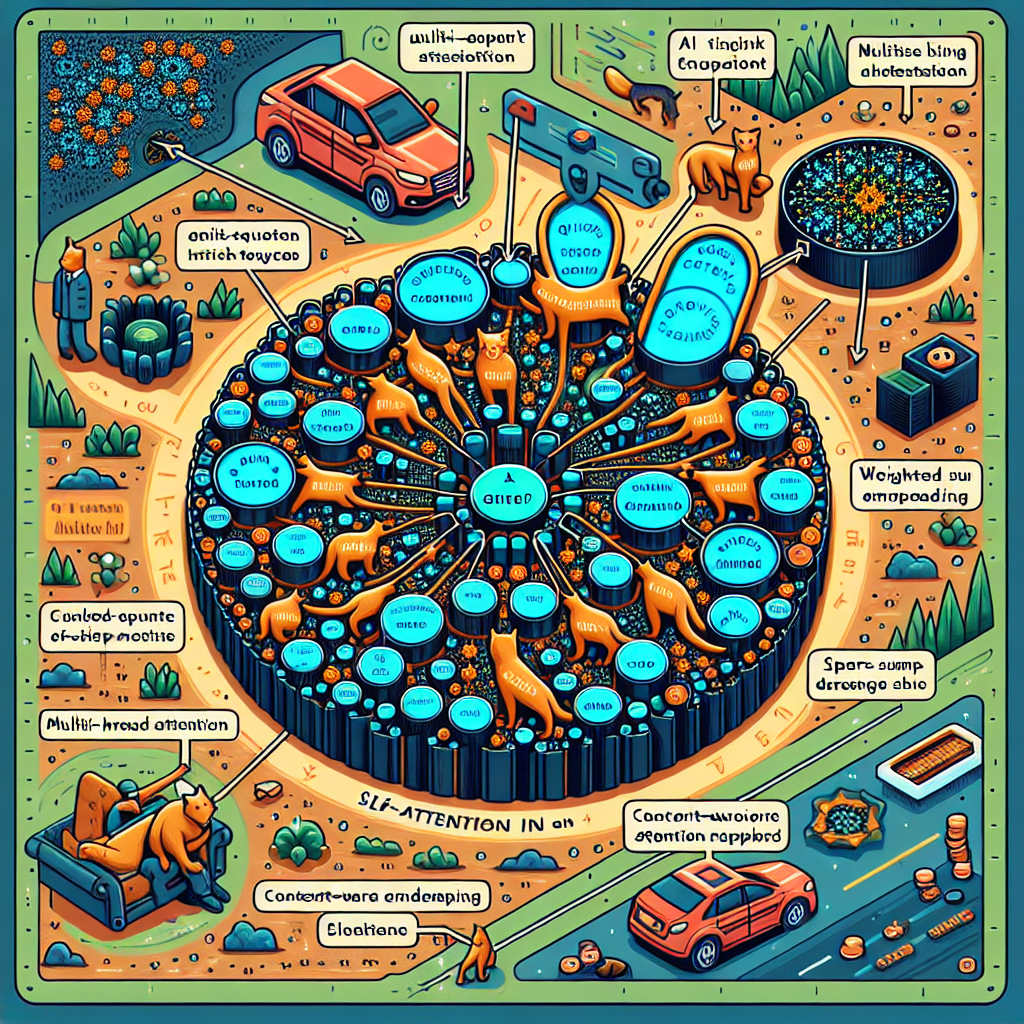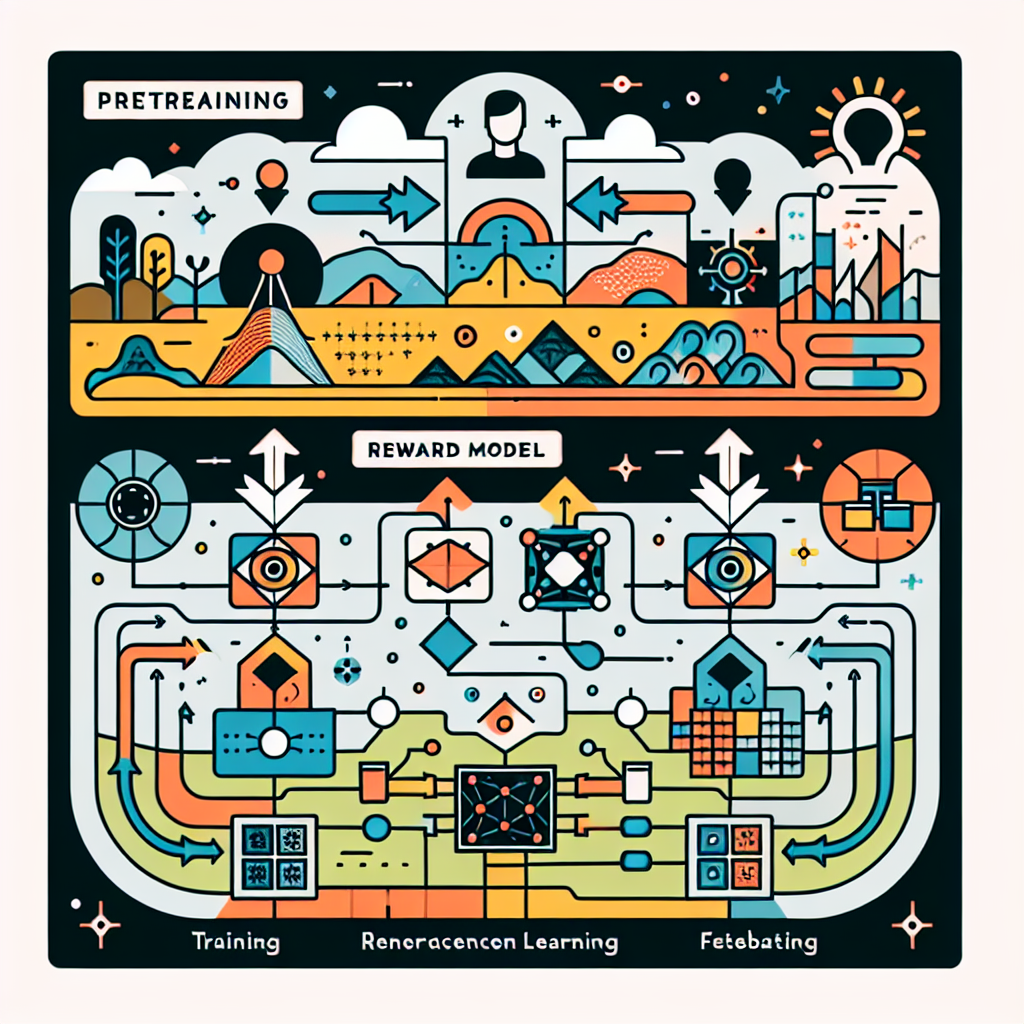The Power of Writing

There was a time in my life when everything felt like it was falling apart. I was heartbroken, overwhelmed, and lost. When my girlfriend broke up with me, it wasn’t just the end of a relationship—it was the collapse of everything I had built emotionally around that connection. Friends tried to help, but none truly understood the storm I was facing inside. I felt like I was drowning in silence.
Then, by what felt like fate, I came across the work of Jordan Peterson. His words cut through the noise. He spoke of the importance of taking responsibility for your suffering, confronting chaos with courage, and most practically—writing. He didn’t describe journaling as a fluffy, feel-good habit. He framed it as a disciplined act of self-confrontation, a way to explore truth and rebuild meaning in life.
So, I picked up a pen. At first, I simply poured out my thoughts—raw, unfiltered, emotional. I wrote about the breakup, my insecurities, my regrets, and my fears. And something unexpected happened: the more I wrote, the lighter I felt. The pages became a mirror reflecting not just pain, but strength I didn’t know I had. I wasn't just coping—I was healing.
It turns out, change doesn’t always come from monumental, sweeping actions. We often think we need to overhaul our lives in one grand gesture to move forward. But the truth? Real transformation begins with tiny tweaks. A journal entry. A five-minute walk. A conscious breath before reacting. These small shifts, when repeated with intention, create powerful momentum. And when these tweaks are aligned with our values, they can lead to lasting, life-altering change.
Think of a gymnast—graceful, powerful, balanced. What makes her capable of performing such impossible routines? Her core. When she wobbles, it’s her core strength that brings her back. Life is no different. When we face challenges, it's our mental and emotional core—our mindset, habits, and self-awareness—that keeps us steady. But to build that strength, we must step out of our comfort zones and attempt the hard things. That’s where growth lives.
Sarah Blakely, the founder of Spanx and a self-made billionaire, shared a beautiful story: every night, her father would ask her, “How did you fail today?” Not because he wanted her to feel ashamed, but because he wanted her to see failure as a sign of courage—proof she was trying, risking, growing. That mindset is a gift. What if we all saw our failures not as flaws, but as badges of effort? What if we praised ourselves for showing up, for trying, for daring?
So often, what holds us back isn’t the world—it’s the story we tell ourselves. “I’ll freeze at that party.” “I’m not good enough for that job.” “They’re all more successful than me.” These are just stories. They feel real, but they’re not truth. They’re fear in disguise. And the longer we believe them, the further they pull us from who we really are.
In emergencies—fires, plane crashes—many people tragically die because they stick to familiar routes, trying to escape the way they entered. They can’t adapt. They can’t see a new path. And isn’t that how we sometimes respond to emotional crises too? Clinging to old beliefs, old patterns, old versions of ourselves—even when they no longer serve us.
But there’s a way out. It starts with awareness. With reflection. With writing.
James Pennebaker, a leading researcher on expressive writing, discovered that when people write about their deepest emotions, their mental and physical health improves dramatically. Lower anxiety. Better immunity. Fewer doctor visits. More meaningful relationships. Why? Because writing helps us make sense of what feels senseless. It gives shape to the chaos. It turns pain into perspective.
I didn’t know it at the time, but when I sat down to write after my breakup, I was doing something powerful. I was reclaiming my voice. I was rewriting the narrative. And over time, one page at a time, I began to rise.
We all carry stories—some are heavy, others unfinished. But the pen is in your hand. You get to choose what comes next. So don’t wait for life to fix itself. Start small. Start honest. Start with a single page.
Write. Reflect. Grow. Heal. And most importantly—keep going.



